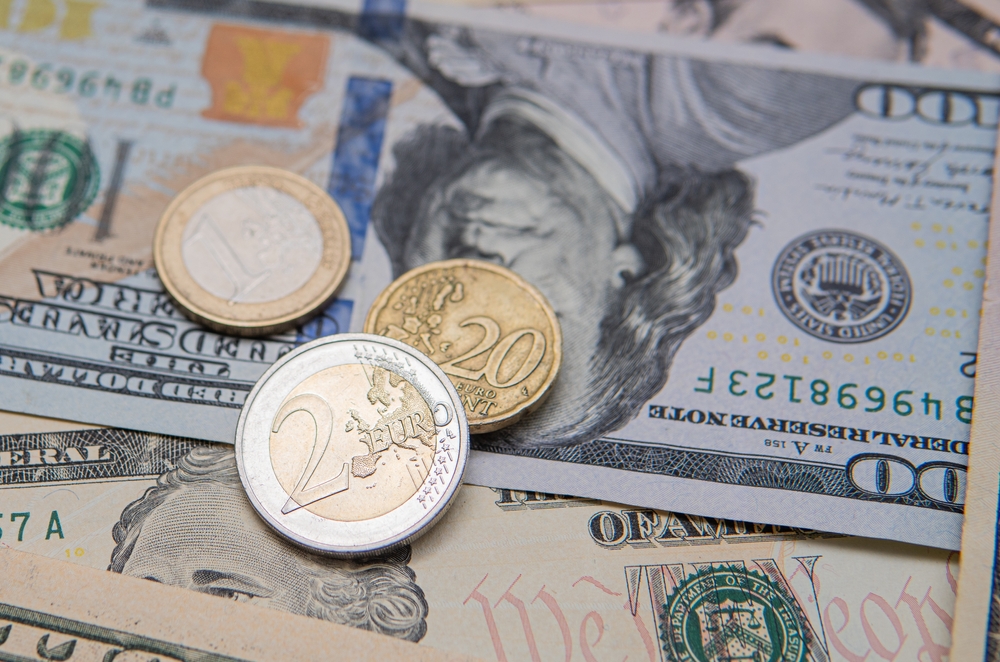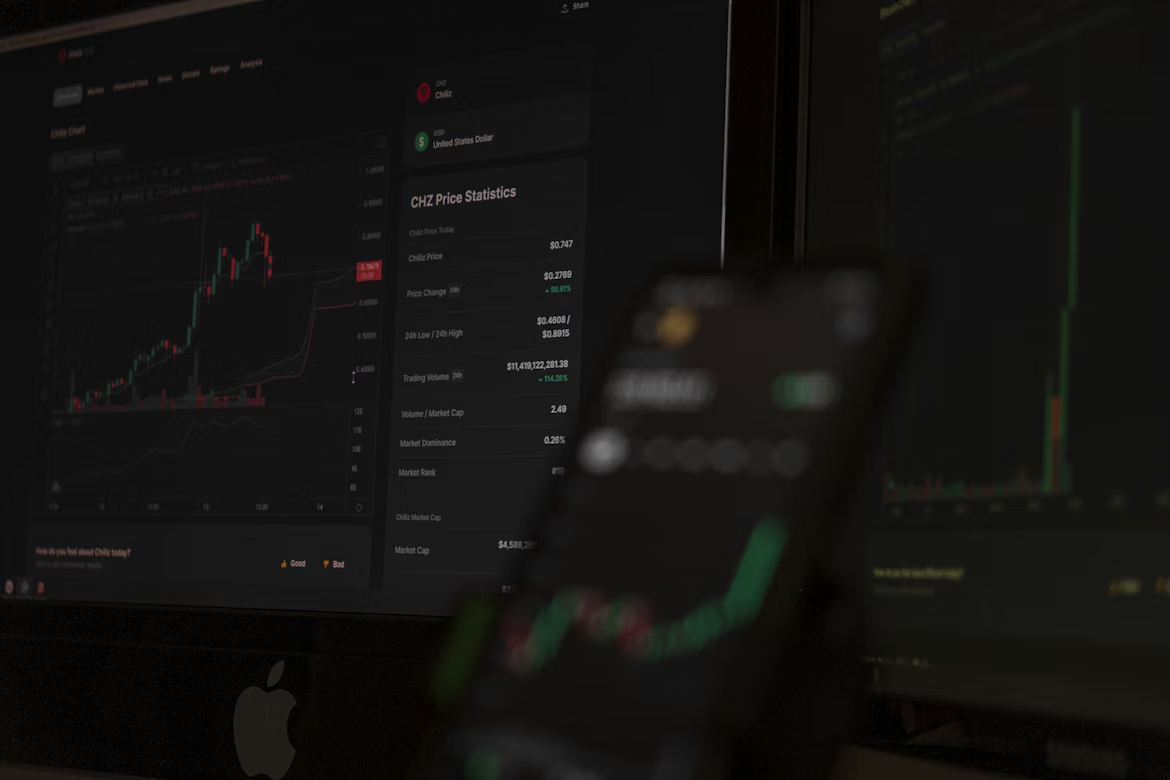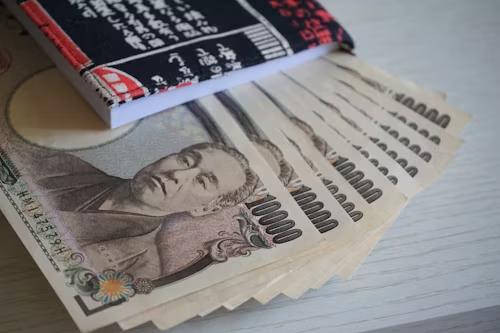April 2nd is the most looked-forward-to date, as it marks the implementation of President Trump's almost-reciprocal tariffs aimed at matching the tariffs other countries imposed on U.S. goods, part of his strategy to address trade imbalances and unfair practices. However, recent reports suggest these tariffs might be narrower than initially expected, with Trump saying he is open to breaks for some countries and a focus on sectors like automobiles and lumber. Countries such as Canada and India are engaging in negotiations to secure exemptions or reduce the impact of these tariffs. The announcement has already influenced markets, with stocks rising on news of a more targeted approach, though mid-term concerns regarding inflation remain. Trump's tariffs are intended to raise revenue for the U.S., allowing for lower tax rates, and are seen by some as producing results, such as Hyundai's new investments in the U.S. In spite of the potential for exemptions, the tariffs still signify a major escalation in Trump's trade policies, with uncertain economic consequences that scratch the heads of industry leaders that need to plan ahead.
EQUITY
Equity is again making strides after a strong week opening, now at 5% from the week's low while vol index keeps dropping. New home sales improved, while consumer confidence continued to decline, now at 92.9 in March, a 12-year low. Fed Governor Adriana Kugler’s comments about maintaining steady rates “for some time” to monitor data, while the softened tariff trigger improved real-time market sentiment after President Trump suggested flexibility on planned levies.
GOLD
Gold prices pulled back from a rally that tested the initial profit-taking level on March 21st, steadying around $3,020 with a weakening dollar and stable Treasury yields boosting gold's appeal as a store of value. Investors are currently monitoring the PCE price index and Federal Reserve dialogue for insights into inflation trends and clues to interest rate decisions.
OIL
Crude oil prices tracked higher this week, initially rising due to a significant drawdown in U.S. inventories only limited by the Russia-Ukraine ceasefire agreement after a 12-hour session, although the details are yet to be released. Geopolitical tensions did not stop there, as President Trump threatened to impose 25% tariffs on U.S. imports from countries buying Venezuelan oil, mostly stopping Chinese tankers, its major purchasers.
CURRENCY
The dollar index fell slightly in an otherwise uptrending market, potentially triggered by weak U.S. consumer confidence and President Trump’s tariff plans, set for April 2nd. The Japanese yen recovered from a 3-week low against the dollar, led by higher Japanese government bond yields. The euro was supported at $1.0776 after a volatile session, initially supported by improved German business morale but later pressured by a stronger dollar and a cautious stance toward tariffs.













